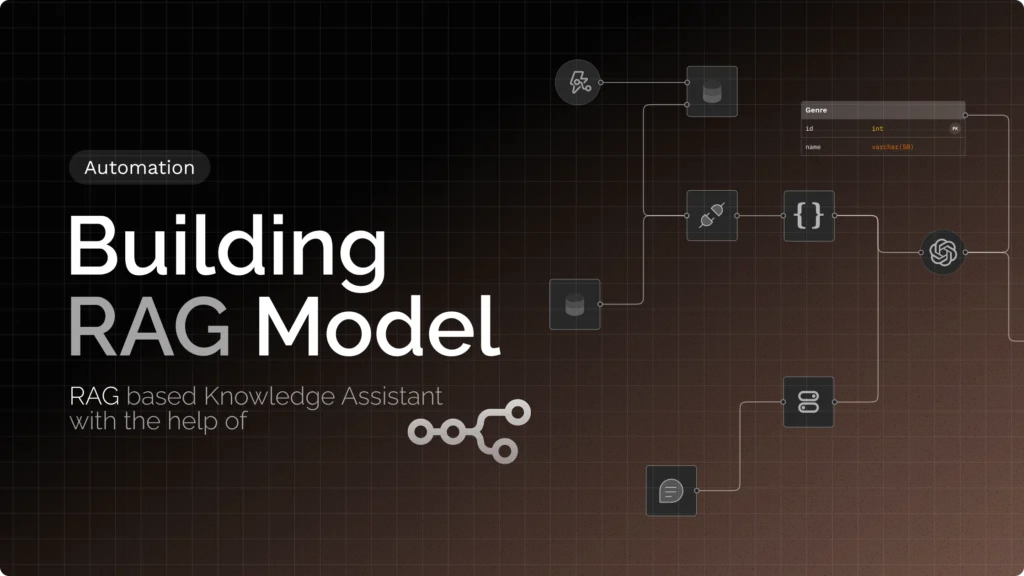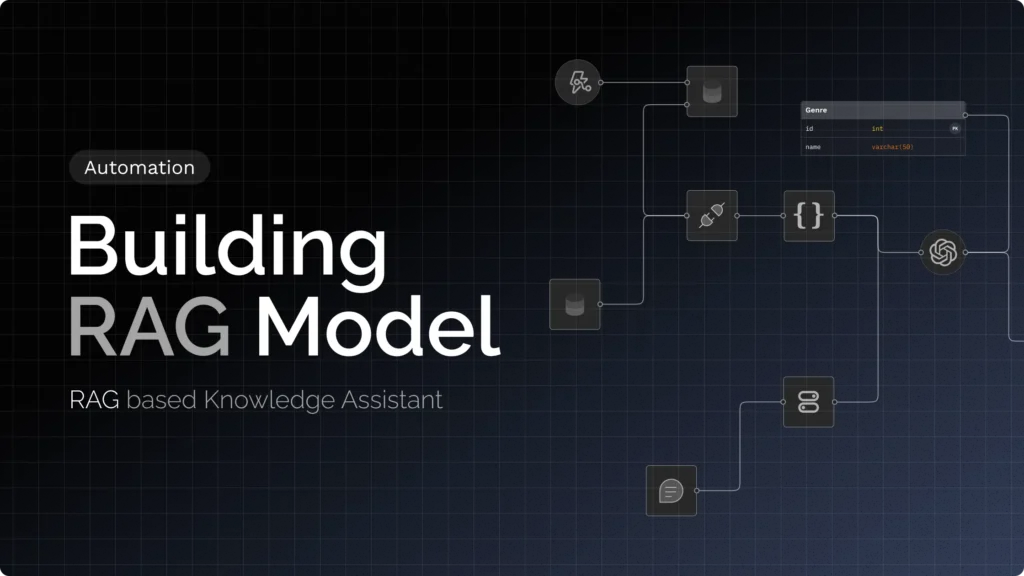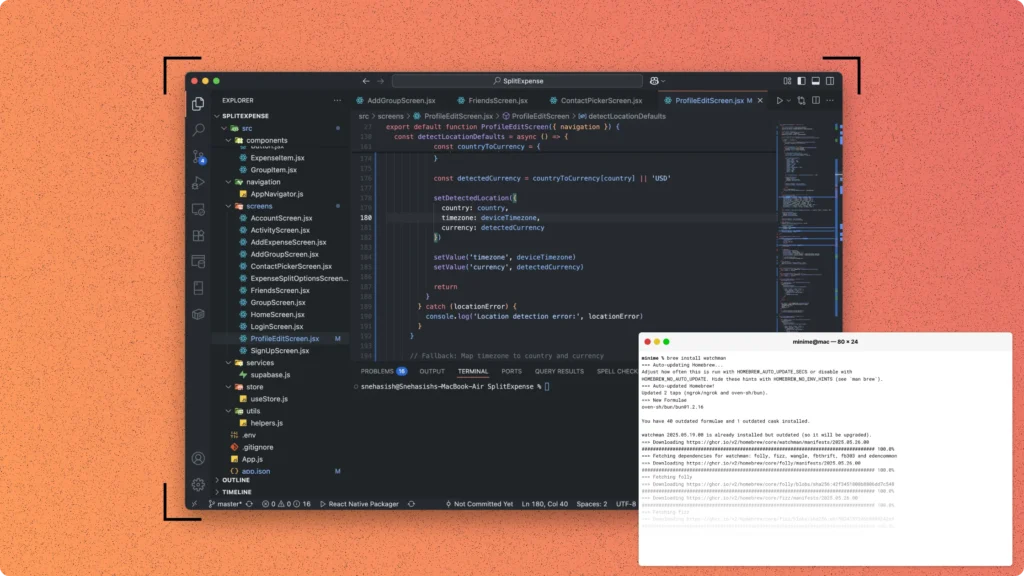Serverless architecture is a new approach to building web applications that eliminate the need for dedicated servers. It allows developers to build and run applications and services without the need for provisioning, scaling, and managing servers. This approach is becoming increasingly popular among developers, as it offers many benefits over traditional server-based architectures.
In this blog post, we will explore the benefits of serverless architecture, and why it is becoming the go-to approach for web development. We will also look at some examples of how to implement serverless in your projects, as well as how it can be used to improve scalability, reduce costs, and increase flexibility.
What is Serverless Architecture?
Serverless architecture is a cloud-based approach that enables developers to run their code without the need to manage the underlying infrastructure. Instead of spinning up and maintaining servers, developers can focus on writing and deploying their code, while the cloud provider takes care of the rest.
In serverless architecture, the cloud provider is responsible for managing the infrastructure, including the servers, operating systems, and runtime environments. This allows developers to focus on writing code and deploying applications, without worrying about the underlying infrastructure.
Serverless architecture is built on top of cloud services such as AWS Lambda, Azure Functions, and Google Cloud Functions, which are event-driven and fully managed. This means that the cloud provider takes care of scaling, patching, and availability, which eliminates the need for developers to manage the infrastructure.
Serverless architecture allows developers to write and deploy code in a variety of programming languages, including JavaScript, Python, C#, and Java. Additionally, it allows developers to use a variety of different frameworks and libraries, which can help to speed up development and deployment times.
Server-based Architecture:
Server-based architecture, also known as traditional architecture, is the traditional approach to building web applications and services. In this approach, developers provision, scale, and manage servers to run their applications and services.
In traditional server-based architecture, developers are responsible for managing the underlying infrastructure, including the servers, operating systems, and runtime environments. This means that developers need to provision, scale, and manage servers to handle increased traffic and load. Additionally, developers need to manage security, availability, and performance, which can be time-consuming and error-prone.
Server-based architecture requires developers to spin up and maintain servers, whether they are being used or not. This can be costly and result in wasted resources. Additionally, traditional server-based architecture doesn’t offer automatic scaling, which can be a problem if traffic spikes.
Server-based architecture is also less flexible than serverless architecture, as it requires developers to write code in a specific language and use a specific runtime environment. This can limit the choices of developers and make it harder to reuse code and infrastructure across different platforms.
In conclusion, traditional server-based architecture is the traditional approach to building web applications and services, it requires developers to provision, scale, and manage servers and also manage security, availability, and performance. However, it doesn’t offer automatic scaling and is less flexible, which can be costly and limiting.
Benefits:
Serverless architecture offers many benefits over traditional server-based architectures, including cost-efficiency, scalability, and flexibility.
1. Cost-efficient:
One of the main benefits of serverless architecture is that it is cost-efficient. Since you don’t need to provision, scale, and manage servers, you can save a lot of money on infrastructure costs. Instead, you only pay for the resources that you actually use, which can result in significant cost savings.
In traditional server-based architectures, you need to pay for the resources whether you use them or not. This includes the cost of the servers themselves, as well as the cost of the electricity to run them. With serverless, you only pay for the resources you actually use, which can result in significant cost savings.
For example, if your application has periods of low usage, you will still need to pay for the servers during those times, even if they are not being used. With serverless, you only pay for the resources you use, which can result in significant cost savings. Additionally, you don’t need to pay for idle resources, which can also help you save money.
Another cost-efficient aspect of serverless is that it allows for automatic scaling. This means that you don’t need to provision and manage servers to handle increased traffic and load, which can also help you save money.
To illustrate this point, let’s consider an example of a serverless function that is triggered by an event. The cost of running this function would be based on the number of requests that the function handles and the duration of the function. The cost will be lower than having a server running all the time and handling the same number of requests.
2. Scalability:
Another benefit of serverless architecture is that it is highly scalable. With traditional server-based architectures, you need to provision and manage servers to handle increased traffic and load. With serverless, the infrastructure is automatically scaled to meet the demands of your application, eliminating the need for manual scaling.
Serverless architecture allows for automatic scaling, which means that the infrastructure is automatically scaled to meet the demands of your application. This eliminates the need for manual scaling, which can be time-consuming and error-prone. Additionally, serverless allows for horizontal scaling, which means that you can add more instances of your function to handle increased traffic and load.
For instance, if you have a serverless function that handles image processing, and it starts receiving a lot of requests, the cloud provider will automatically spin up more instances of the function to handle the increased traffic. This eliminates the need for manual scaling, which can be time-consuming and error-prone.
3. Flexibility:
Serverless architecture is also highly flexible. It allows developers to build and run applications and services using a variety of different languages and frameworks. This allows for greater flexibility and faster development.
Serverless allows developers to use a variety of different languages and frameworks, which can help them to be more efficient and productive. Additionally, since the underlying infrastructure is abstracted away, developers can focus on writing code rather than managing infrastructure. This can help to speed up development and deployment times, which can be beneficial for organizations that need to get their applications and services to market quickly.
For example, you can use serverless to build a web application using a JavaScript framework, such as React or Angular, and then use the same infrastructure to build a mobile application using a different framework, such as React Native. This allows for greater flexibility and faster development, as you can reuse the same code and infrastructure across different platforms.
4. Improve Security:
Serverless architecture also offers improved security. With traditional server-based architectures, security is often an afterthought, and vulnerabilities can be introduced through poor configuration or mismanagement. With serverless, security is built-in, and you don’t need to worry about managing and patching servers.
One of the major benefits of serverless architecture is that it provides built-in security. The underlying infrastructure and platform services are managed by the cloud provider, which means that security is built-in and you don’t need to worry about managing and patching servers. This can help to reduce the risk of security breaches and vulnerabilities.
Additionally, since serverless functions are stateless, it eliminates the need for managing session state, which can be a security risk. This also means that there is less surface area for attackers to target.
Moreover, with the rise of cloud-native security solutions such as AWS Security Hub, Azure Security Center, and Google Cloud Security Command Center, the security of serverless architectures is more robust and efficient than ever before.
In short, serverless architecture provides built-in security and eliminates the need for managing and patching servers, which can help to reduce the risk of security breaches and vulnerabilities.
Example:
To better understand the benefits of serverless architecture, let’s consider a simple example of a web application that allows users to upload and resize images.
Traditional server-based architecture:
// Traditional server-based architecture
var express = require('express');
var multer = require('multer');
var gm = require('gm');
var app = express();
app.use(multer({ dest: './uploads/'}));
app.post('/upload', function (req, res) {
gm(req.files.image.path)
.resize(300, 300)
.write('./uploads/resized.jpg', function (err) {
if (!err) console.log('done');
});
});
app.listen(3000, function () {
console.log('Server started on port 3000');
});This example uses the express, multer, and gm modules to handle the file upload and image processing. The server is running all the time and waiting for requests to come, whether there is any or not.
Serverless architecture:
// Serverless architecture
exports.resizeImage = (event, context, callback) => {
var gm = require('gm');
gm(Buffer.from(event.body, 'base64'))
.resize(300, 300)
.toBuffer('JPG', function(err, buffer) {
if (err) {
callback(err);
}
else {
callback(null, {
statusCode: 200,
body: buffer.toString('base64'),
isBase64Encoded: true
});
}
});
};This example uses serverless architecture, the function is triggered by an event (image upload) and runs only when it’s needed. This eliminates the need for maintaining a server that is running all the time and waiting for requests, which can save resources and costs.
As we can see, the serverless architecture example is more cost-efficient and less complex than the traditional server-based architecture example. The serverless approach allows you to save on infrastructure costs and eliminates the need for manual scaling, which can be time-consuming and error-prone. Additionally, serverless allows for greater flexibility and faster development, as you can use a variety of different languages and frameworks.
Conclusion:
In summary, serverless architecture is a new approach to building web applications that eliminates the need for dedicated servers. It offers many benefits over traditional server-based architectures, including cost-efficiency, scalability, flexibility, and improved security. As the technology continues to evolve and mature, it is likely that serverless will become the norm for web development.
As we have seen, serverless architecture offers many benefits over traditional server-based architectures. From cost-efficiency, scalability, flexibility, and improved security, serverless architecture is becoming increasingly popular among developers. It allows developers to build and run applications and services without the need for provisioning, scaling, and managing servers.
However, it’s important to note that serverless architecture is not a one-size-fits-all solution and may not be suitable for all types of applications. But for certain types of applications, such as those with variable traffic, serverless can be a great option.
As the technology continues to evolve and mature, it is likely that serverless will become the norm for web development. It’s worth considering serverless architecture for your next project, to take advantage of the many benefits it offers.







